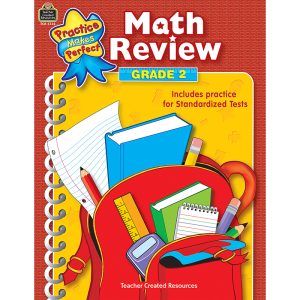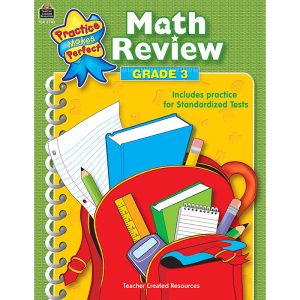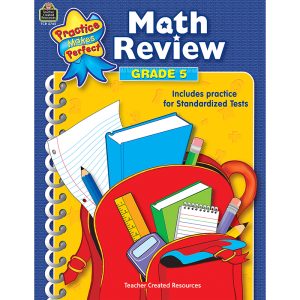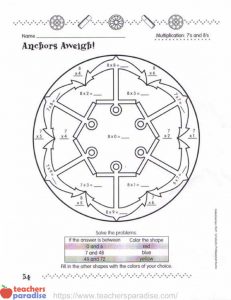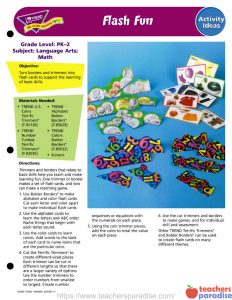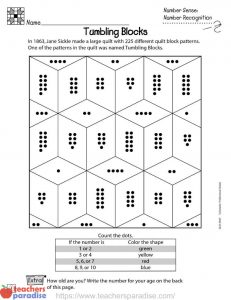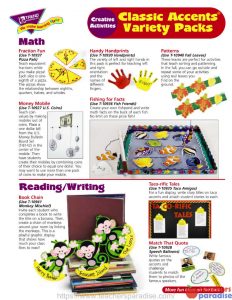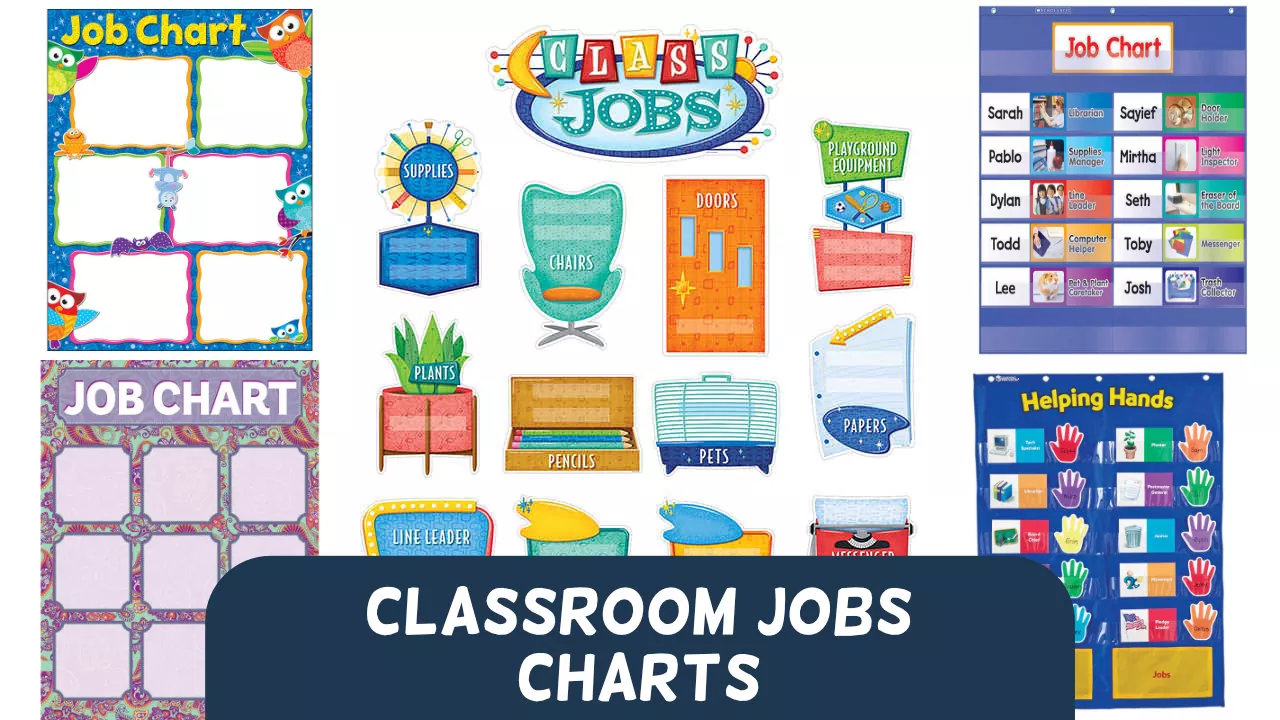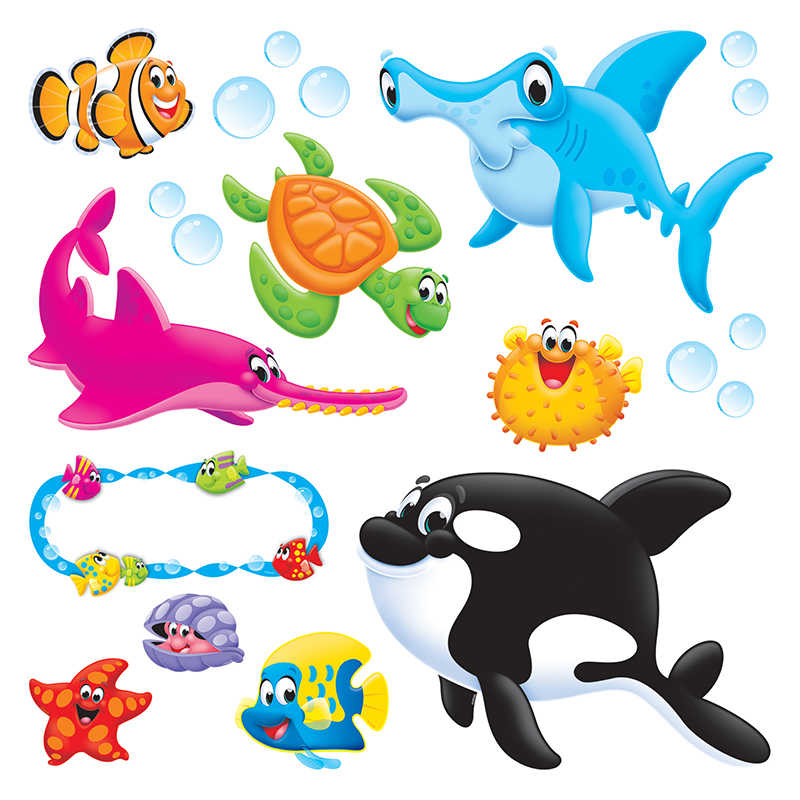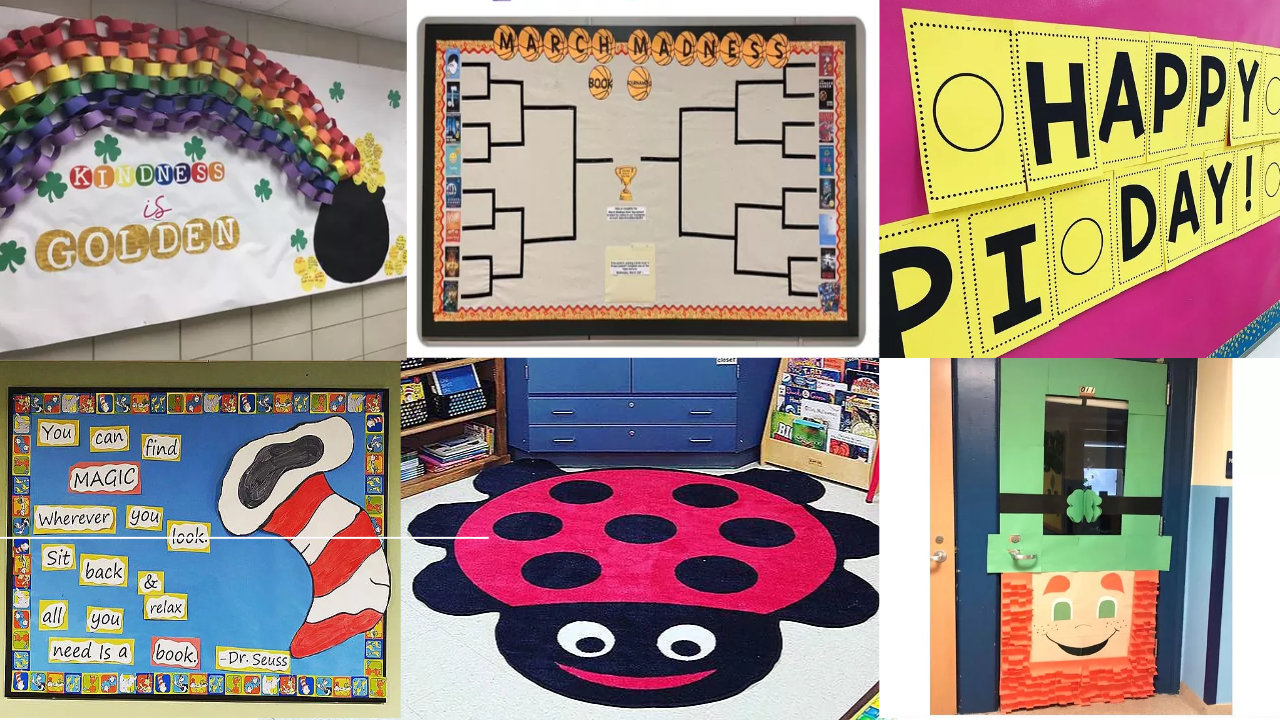Classroom Materials for Teaching Math (including our math teacher's guide)
Attention math teachers! We are here to provide you with the necessary supplies and resources to enhance your students' learning experience. Our offerings are tailored specifically to meet the unique needs of math educators, so you can rest assured that you'll be getting the most relevant and effective tools available. Trust us to help you create a dynamic, interesting classroom setting that encourages a love for math and inspires your students to reach their full potential. Let us support your mission to educate the next generation of mathematicians.
Are you on the lookout for reliable math teacher supplies? Look no further! We have handpicked some of the best options for you. Check out our top picks and make your teaching experience a breeze.
And if you are a new math teacher or a parent searching for the best math materials, we have provided a math teacher's guide with some common types of classroom materials that teachers use to teach math in schools:
- Activity Books: Workbooks or textbooks containing exercises and activities related to different math topics.
Read more
- Addition & Subtraction Materials: These include number charts, number lines, manipulative objects (such as counters or cubes), and worksheets to practice addition and subtraction skills.
- Algebra Materials: Algebra tiles, variable cards, equation-solving manipulatives, and worksheets are used to introduce and practice algebraic concepts.
- Base Ten Blocks: These manipulative materials represent ones, tens, hundreds, and thousands using blocks or rods, helping students understand place value and perform operations.
- Calculators: Calculators teach students how to use technology for mathematical calculations and problem-solving.
- Counting Materials: Counting mats, number cards, counters, and abacus tools support students in developing counting skills and understanding number sequences.
- Flash Cards: These are cards with math facts, such as addition, subtraction, multiplication, and division problems, used for quick recall and practice.
- Fractions & Decimals Materials: Fraction bars, fraction circles, decimal grids, and fraction/decimal manipulatives assist students in understanding and comparing fractions and decimals.
- Math Games: Board games, card games, and online math games provide a fun and interactive way to reinforce math skills and concepts.
- Geometry Materials: Geometric shapes, pattern blocks, tangrams, and protractors enable students to explore and understand concepts related to shapes, angles, symmetry, and spatial reasoning.
- Graphing Materials: Graph paper, bar graphs, line graphs, and coordinate grids are used to teach students how to represent and interpret data visually.
- Manipulative Kits: These kits consist of various hands-on materials like cubes, tiles, counters, and shapes, which students can manipulate to understand mathematical concepts concretely.
- Measurement Materials: Rulers, measuring tapes, scales, clocks, thermometers, and other measurement tools help students understand units of measurement, conversions, and measurement concepts.
- Money Materials: Play money, coins, and bills are used to teach students about currency, counting money, making change, and solving money-related problems.
- Multiplication & Division Materials: Multiplication tables, arrays, number lines, fact triangles, and division manipulatives aid in learning and practicing multiplication and division operations.
- Numeration Materials: Place value charts, number lines, and numeral cards assist students in understanding the structure of numbers and number relationships.
- Patterning Materials: Pattern blocks, pattern strips, and pattern cards help students recognize and create patterns, sequence numbers, and understand mathematical relationships.
- Place Value Materials: Place value blocks, place value charts, and number disks help students understand the concept of place value and perform operations with larger numbers.
- Probability Materials: Dice, spinners, and probability charts are used to introduce students to the concept of probability and help them analyze and predict outcomes.
- Sorting Materials: Attribute blocks, sorting cards, and sorting trays enable students to categorize objects based on different attributes like color, shape, size, or other characteristics.
- Time Materials: Clocks, analog and digital, and time worksheets help students learn to read and tell time, understand elapsed time, and solve time-related problems.
- Unifix Cubes: These are interlocking cubes used for counting, sorting, measuring, and exploring mathematical concepts.
These materials are designed to provide students with hands-on experiences, visual representations, and interactive tools to deepen their knowledge of mathematical notions and skills. Teachers often integrate a variety of these materials into their lessons to cater to different learning styles and promote active engagement in mathematics.
Stay Connected
Coupons, sales and latest free apps
Our newsletter for teachers, educators & parents! Subscribe to our weekly shameless plug! Sometimes coupons, other times sales, always fun! We will keep up on our always evolving teacher supplies catalog and all of our latest free educational apps!. Enter your e-mail and subscribe to our newsletter.
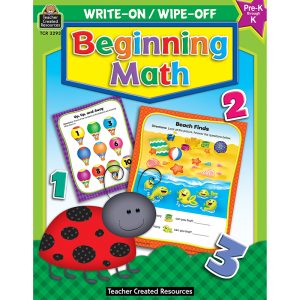
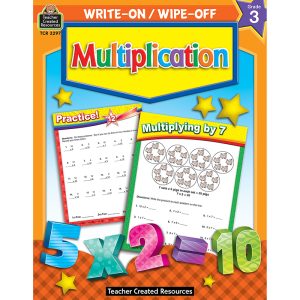
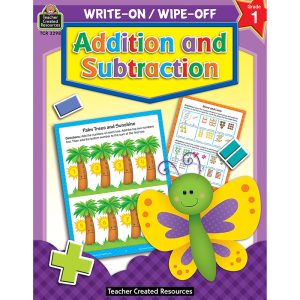
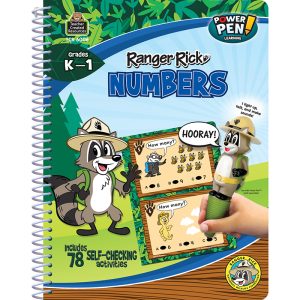
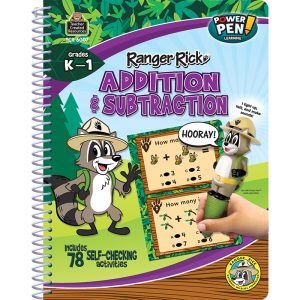
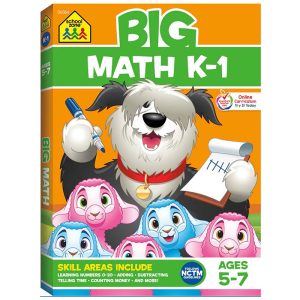
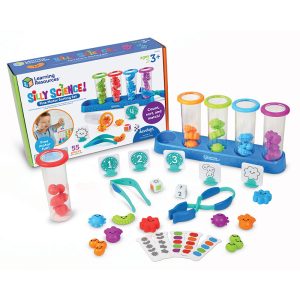
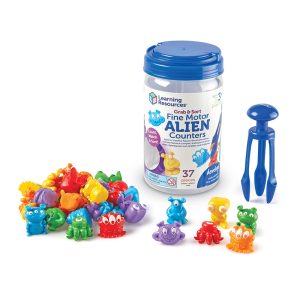
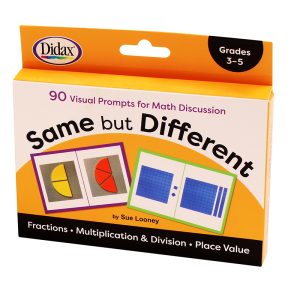
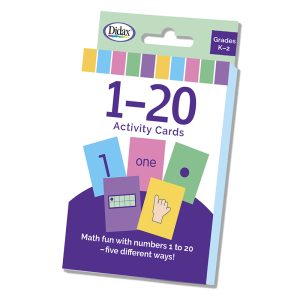
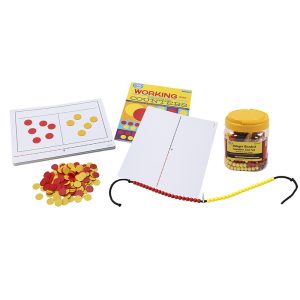
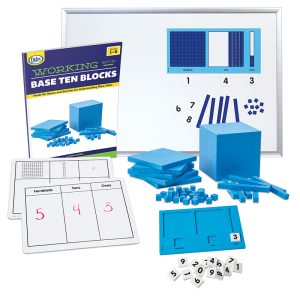
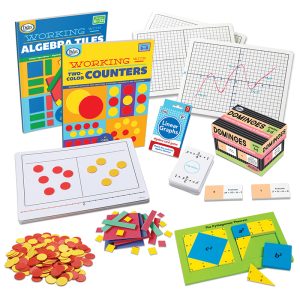 Out of Stock
Out of Stock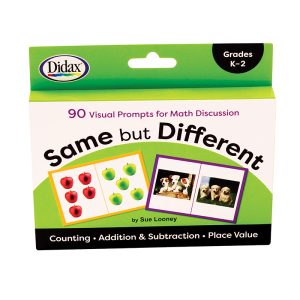 Out of Stock
Out of Stock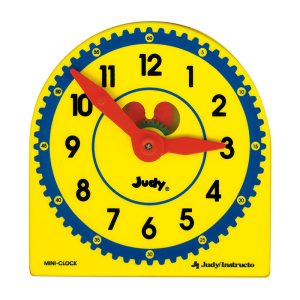
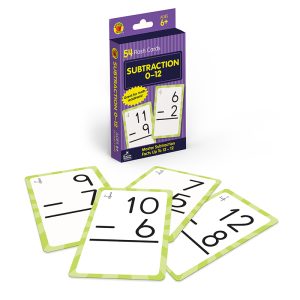 Out of Stock
Out of Stock